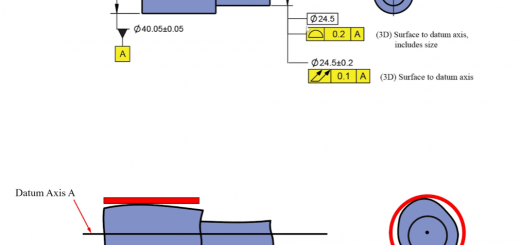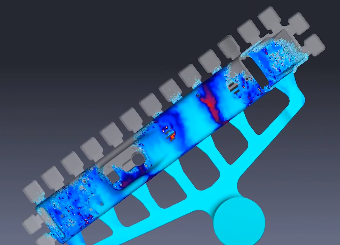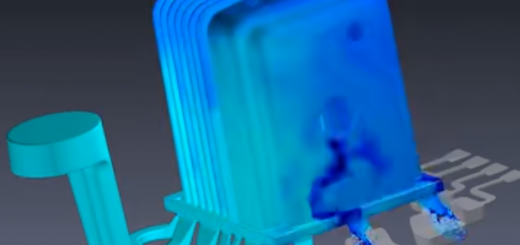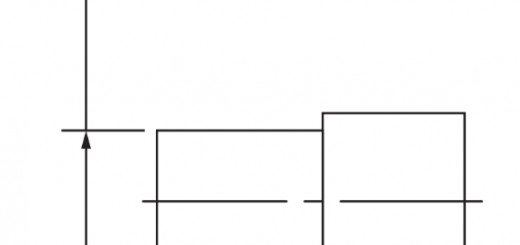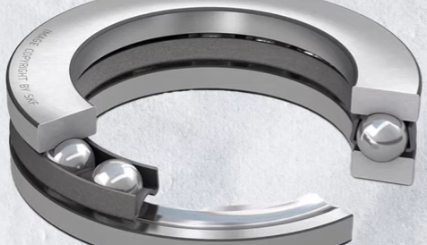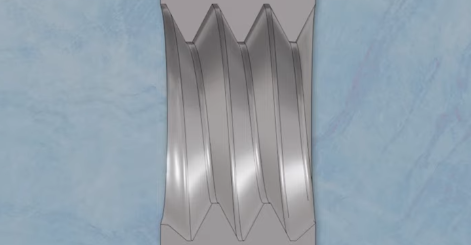Material Strength vs Toughness vs Ductility vs Hardness
In engineering and design, understanding the various properties of materials is fundamental. The terms strength, toughness, ductility, and hardness are often used to describe how materials behave under different conditions. Each property serves a unique purpose and helps determine the suitability of a material for a specific application. This article will clarify what each of these properties means, how they are measured, and how they compare.
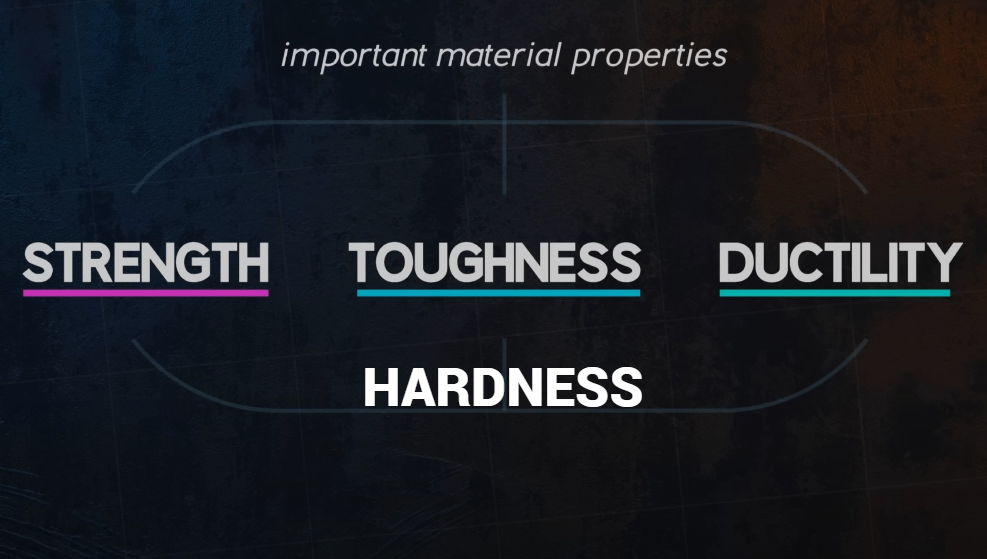
Material Properties: Strength vs Toughness vs Ductility vs Hardness
When discussing materials, engineers and scientists often refer to specific properties to select the right material for a job. Among these, strength, toughness, ductility, and hardness are some of the most frequently mentioned. With these terms, it becomes possible to describe almost any material and better appreciate why certain substances are used in everything from construction beams to smartphone screens.
What is the strength of Material?
Strength is a measure of the stress a material can withstand before failure. Two main types of strength are commonly referenced: yield strength and ultimate tensile strength.
Yield strength is the stress at which a material begins to deform plastically. Before reaching this point, the material will experience elastic deformation, meaning it will return to its original shape when the force is removed, similar to how a rubber band behaves. Once the yield point is surpassed, permanent (plastic) deformation occurs.
Ultimate tensile strength represents the maximum stress a material can endure during a tensile test, marking the highest point on a stress-strain curve. After this point, the material typically starts to neck and eventually fractures. These values, often obtained through tensile testing, are crucial in determining the safe working limits for materials used in engineering.
For ductile materials like mild steel, the yield and ultimate strengths are often similar in both tension and compression. In contrast, brittle materials such as concrete and ceramics exhibit much higher strength in compression than in tension. This distinction guides how these materials are used in structures and components.
What is the Toughness of Material?
Toughness describes a material’s ability to absorb energy up to the point of fracture. It is quantified as the area under the stress-strain curve obtained from a tensile test. Materials with a large area under this curve can absorb significant energy before breaking.
For a material to exhibit high toughness, it generally needs a balanced combination of both strength and ductility. Low strength or brittle materials tend to have low toughness. A related property is resilience, which refers to the energy a material can absorb elastically (without permanent deformation). Materials with high resilience are suitable for applications where plastic deformation is undesirable.
What is the Ductility of Material?
Ductility measures how much a material can deform plastically before breaking. Ductile materials can undergo substantial plastic deformation, often stretching or bending significantly before fracture. Mild steel and gold are typical examples.
On the other hand, brittle materials break at low strains with minimal plastic deformation. Glass and ceramics like porcelain fall into this category. The concept of yield strength does not apply to brittle materials, as they fracture without substantial plastic deformation. A material with a strain at fracture below 5% is usually considered brittle.
Ductility can also depend on temperature. Some steels, for instance, are ductile at room temperature but become brittle at lower temperatures. This temperature dependence is an important factor in design, as brittle failure is generally less desirable than ductile failure. Famous historical failures, such as the Titanic’s hull fracture, have been attributed to materials becoming brittle in cold environments.
What is the Hardness of Material?
Hardness refers to how difficult it is to dent, scratch, or abrade a material. It is closely linked to properties like stiffness and yield strength, but specifically measures resistance to localized plastic deformation.
One common way to measure hardness is the Rockwell test. This involves applying a minor load with an indenter to set a starting point, then adding a major load to create an indentation. The depth difference before and after applying the major load is used to determine hardness. Materials like diamond are renowned for their exceptional hardness, making them ideal for cutting tools.
Hardness can be modified through processes such as heat treatment. For example, in steel swords, it’s common to have a hard edge for cutting and a ductile core to allow for bending without breaking.
Material Strength vs Toughness vs Ductility vs Hardness Differences & Relations
While these material properties are interrelated, each describes a different aspect of material behavior:
Differences Between Material Properties
Strength, toughness, ductility, and hardness are distinct properties, each describing a unique aspect of how materials behave under various conditions.
- Strength is measured as the stress a material can withstand. The two values often used are yield strength, which is the stress at which a material begins to deform plastically, and ultimate tensile strength, which is the highest stress a material can endure during a tensile test. Strength indicates how much force a material can take before it starts to permanently change shape or break.
- Toughness refers to the ability of a material to absorb energy up to fracture. It is calculated as the area under the stress-strain curve. A material with high toughness will be able to absorb a large amount of energy before fracturing. For a material to have high toughness, it should have a good balance of both ductility and strength. Toughness is not just about being strong; a tough material must also stretch or deform before breaking.
- Ductility is about the amount a material can deform plastically before fracture. Ductile materials can undergo large amounts of plastic deformation before they break and fracture at very large strains. Mild steel and gold are examples of very ductile materials. In contrast, brittle materials fracture at very low strains with little to no plastic deformation, such as glass and ceramics.
- Hardness describes how difficult it is to dent, scratch, or abrade a material. It is related to stiffness and yield strength but focuses specifically on resistance to localized plastic deformation. The Rockwell hardness test, for example, measures how much a material resists indentation by a specific load and indenter.
Relations Between Material Properties
These properties are interrelated but not interchangeable. Strength and ductility often influence toughness together. For example, a material needs both strength and ductility to absorb more energy before breaking, which means its toughness is higher. Low strength materials and brittle materials tend to have low toughness.
Ductility and toughness are connected since ductile materials undergo more deformation before fracture, which increases the area under the stress-strain curve and thus the toughness. However, a material can be strong but brittle, like glass, which means it can withstand high stress but will shatter suddenly without much deformation.
Hardness is often related to strength, especially yield strength, since harder materials tend to have higher resistance to plastic deformation. For example, steel can be heat treated to change its hardness in different areas, so a sword’s edge can resist damage while its core allows some bending without breaking.
Each property provides information about how materials will respond in different situations. While one property may dominate in certain applications, engineers often need to consider the balance between them to select the right material for a given use. For instance, springs need to absorb and release energy without permanent deformation, so materials with high toughness and ductility are chosen. On the other hand, cutting tools require high hardness to resist wear and abrasion.
Selecting materials for engineering applications often involves balancing these properties. For instance, a spring requires both toughness and ductility to absorb and release energy without permanent deformation. Cutting tools, in contrast, demand high hardness to resist wear. Structural components may prioritize strength to avoid deformation under load.
Learning these material properties ensures that the right material is chosen for each application, leading to safer, more reliable, and longer-lasting products.

